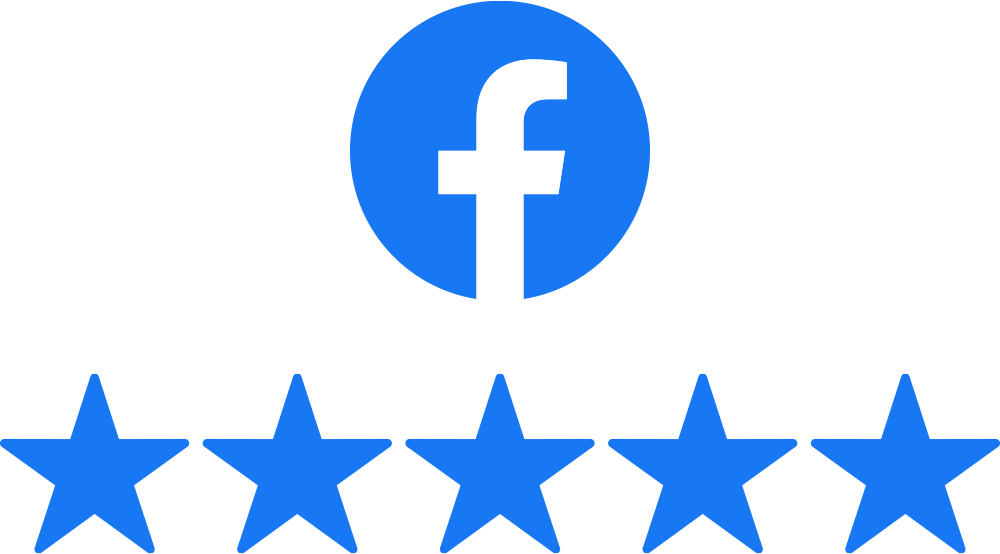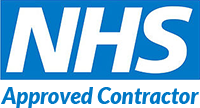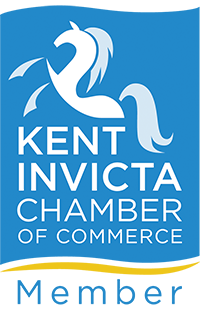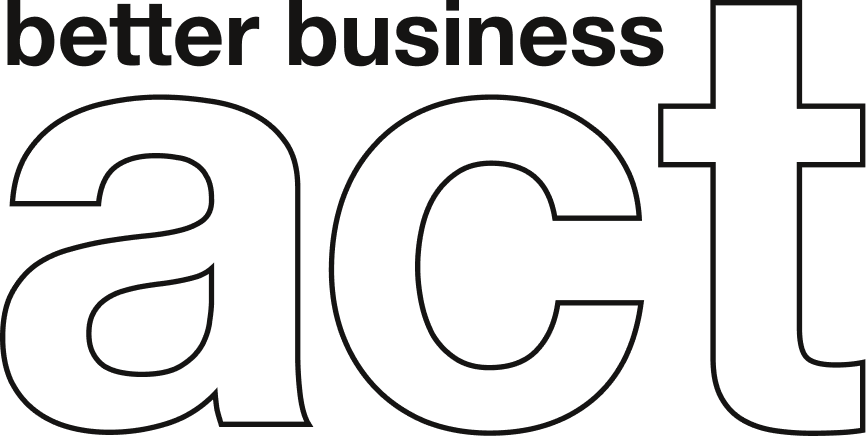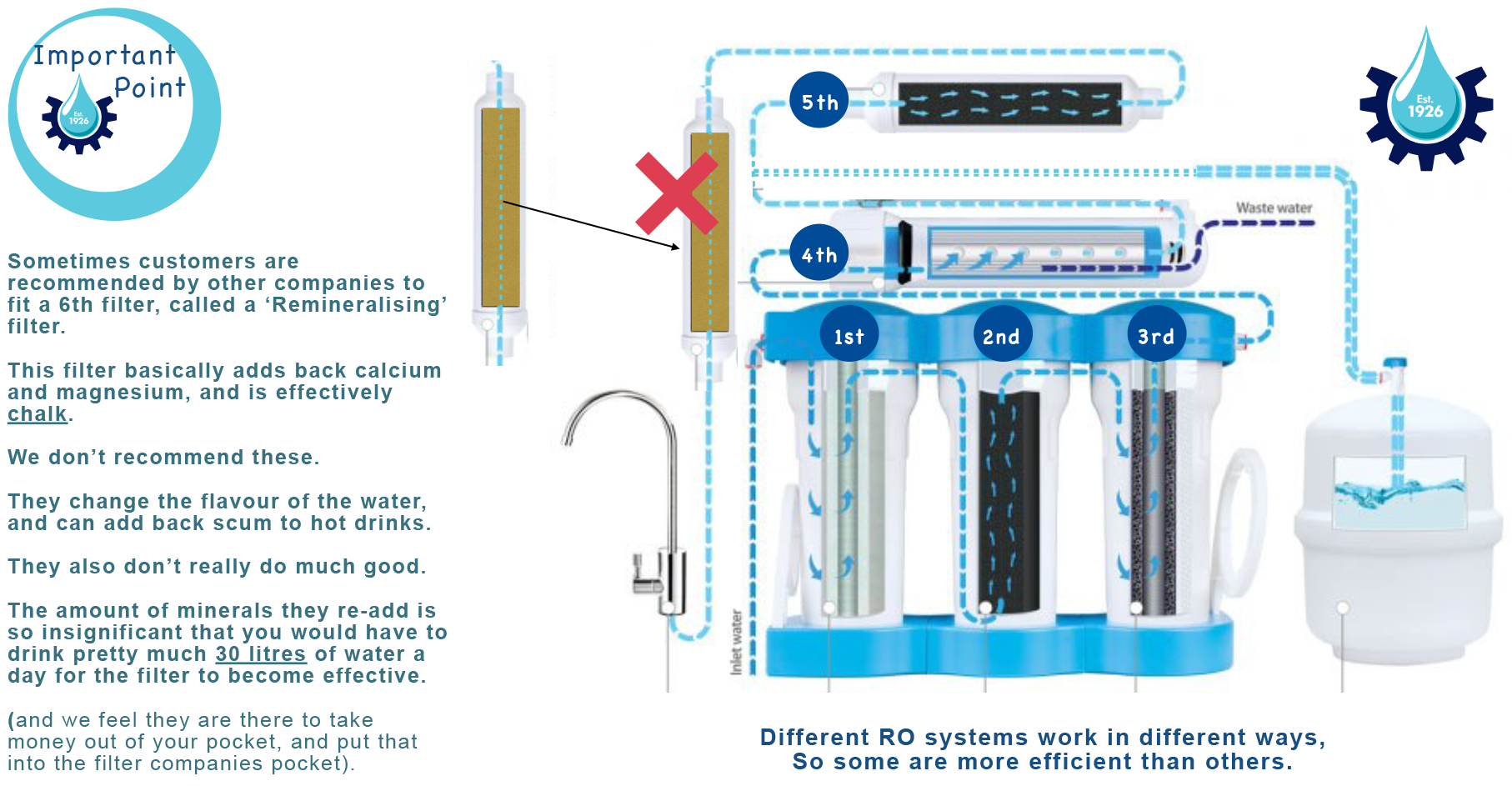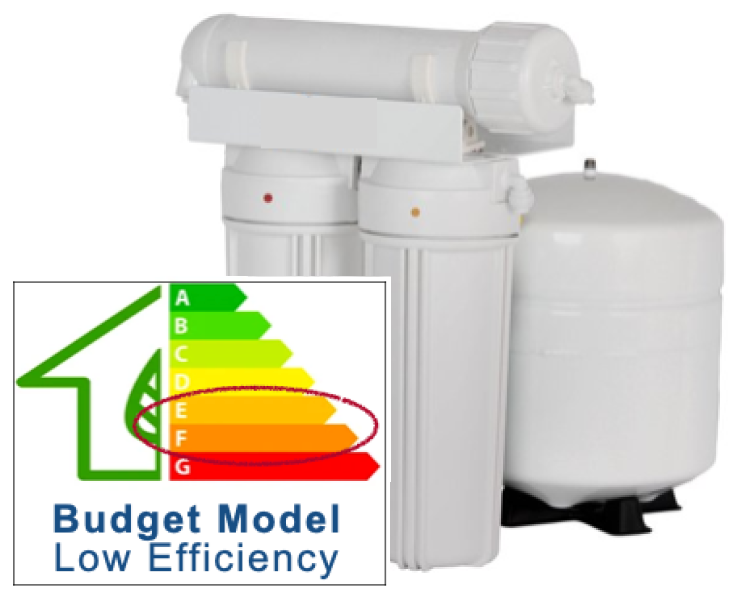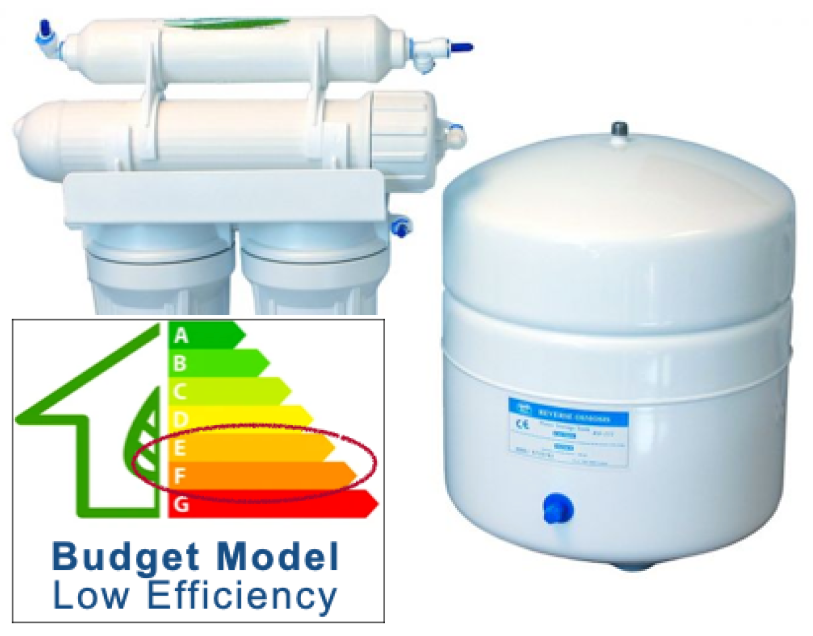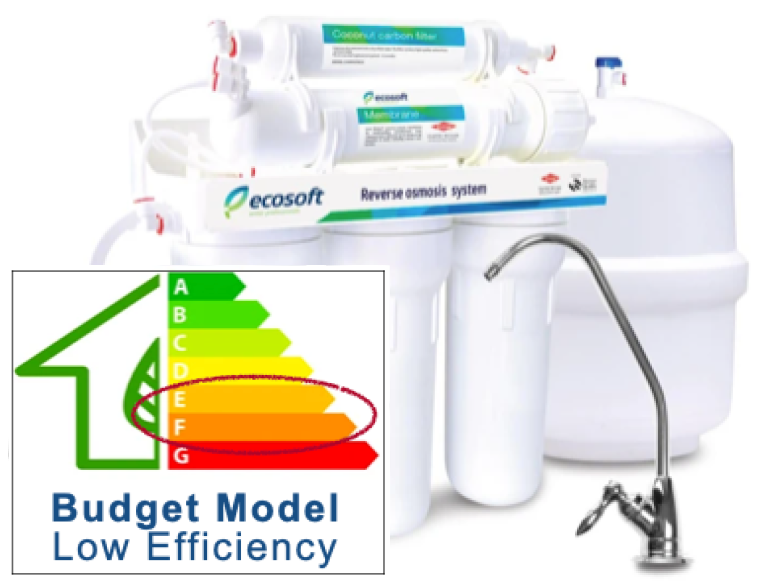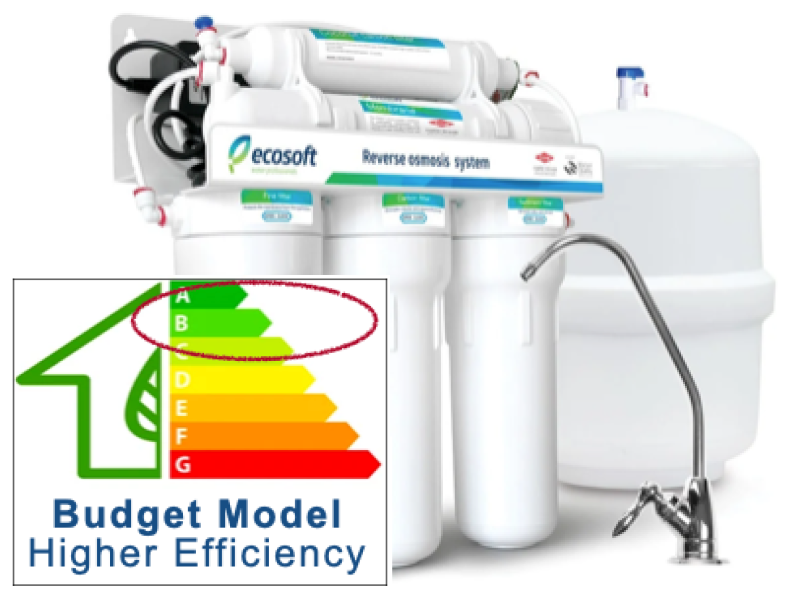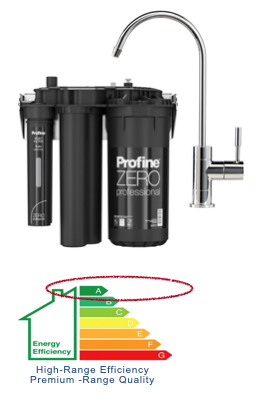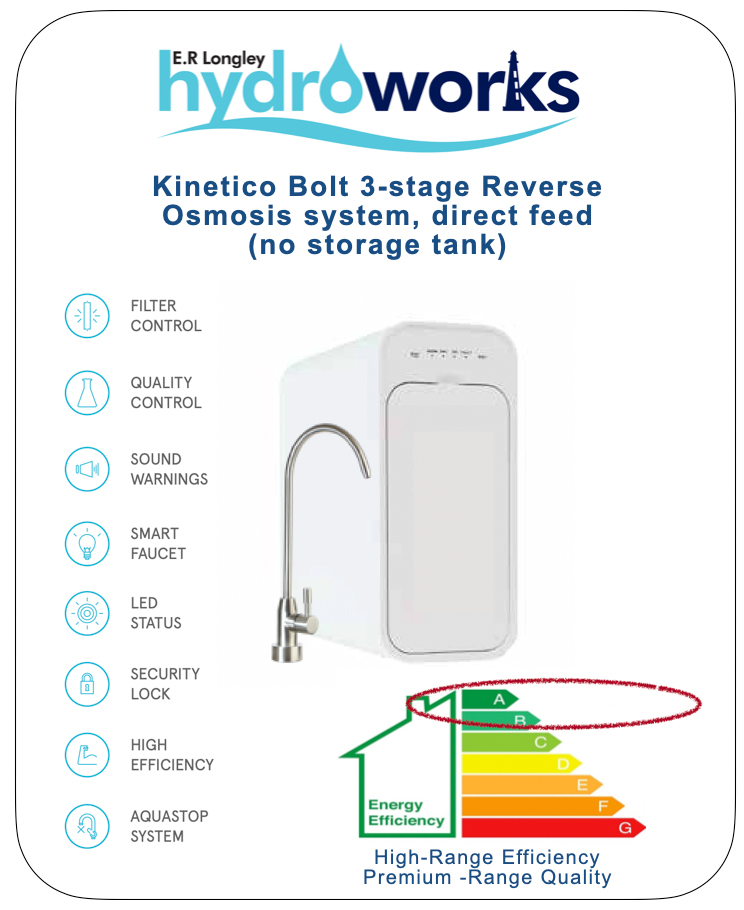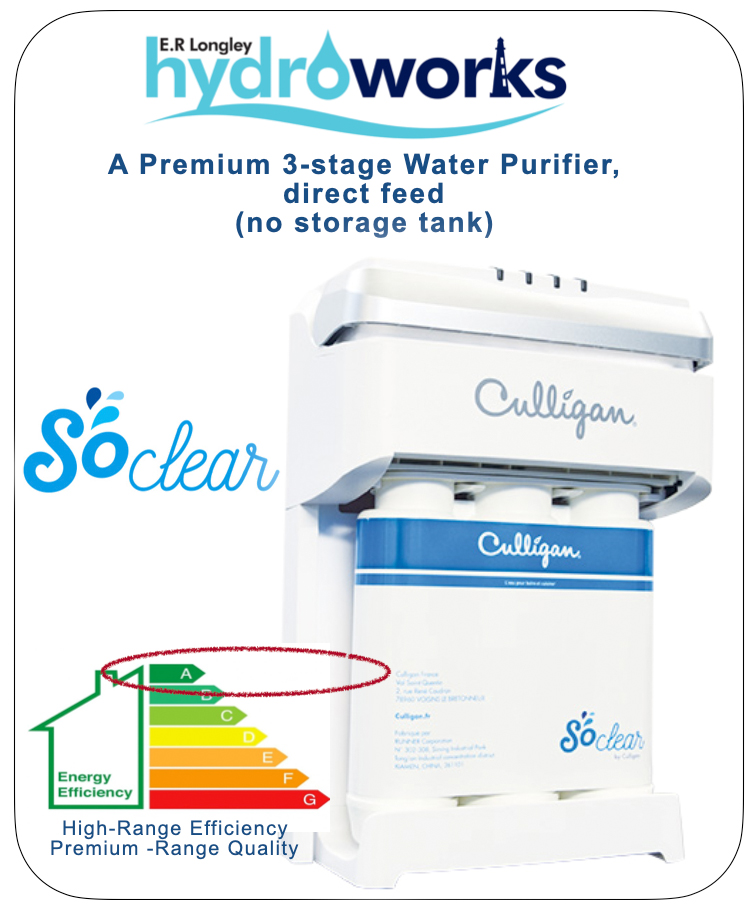What is Reverse Osmosis?
Introduction: Why Water Treatment Matters More Than Ever
As the internet has evolved, so too has public awareness of water contamination - and it’s growing all the time.
Across the UK, our water is recycled and treated by regional water suppliers, again and again. The accepted theory is that every drop of water on the planet has been through at least 6 sets of kidneys! Certainly thought provoking!
But pollution, human neglect, the rising levels of pharmaceutical drug residues, sediments, and naturally occurring minerals all continue to challenge the quality of the water we drink.
In the USA, basic water treatment is often even more limited - and it’s typically up to the homeowner to organise their own filtration or purification for drinking water and everyday consumption. However, in the UK, our water quality standards are a lot higher, so, unless you have a private supply, our tap water is generally good enough and safe enough to drink!
Depending on local water conditions, the options for treating your water can vary widely.
Today, there’s a huge range of products and filtration technologies on the market - many low-cost systems imported from China - including filter housings, cartridges, distillers, and full drinking water systems.
Some of these solutions, however, come with high running costs and frequent maintenance demands. Some also leave an unnatural and even occasionally, metallic or worse, bitter, after taste!
Another alternative still used by many is bottled water.
Yet with the rising environmental awareness - especially around plastics in our oceans - single-use bottled water is becoming less popular, particularly among the younger, eco-conscious generation.
How Reverse Osmosis Protects Your Water
Reverse osmosis is one of the most effective ways to purify water, making it safe and refreshing for everyday use.
This specialised process uses an ultra-fine membrane - a kind of high-tech strainer - to remove contaminants from water.
It filters out dirt, bacteria, pharmaceuticals, pesticides, heavy metals, and chemicals, leaving you with water that’s not just clean, but genuinely safe.
During the process, water is pushed under pressure through the membrane.
The pure water (about 97.9% purified) is directed to your drinking water tap or 3-way kitchen tap, while the impurities are safely flushed away down the drain.
The result? Fresh, pure water that tastes wonderful and gives you true peace of mind.
Reverse osmosis isn’t just for homes, either - it’s used across households, medical and dental clinics, factories, hospitality venues, and industrial sites - wherever clean, safe water is essential. It's even used by window cleaners!
Where We Really Get Our Minerals
Rather than relying on drinking water for minerals, we actually get most of the essential minerals our bodies need through our diet.
Calcium, for example, is best sourced from dairy products, dark green leafy vegetables, nuts, and beans.
You’ll often find that plant-based milks, breakfast cereals, and breads are fortified with calcium too - making it even easier to get what we need from the foods we enjoy every day.
Interestingly, I’ve noticed that a lot of the doctors and dentists among our customers have chosen to install reverse osmosis systems in their homes.
It seems even the experts are keen to take extra care over the water they and their families drink!
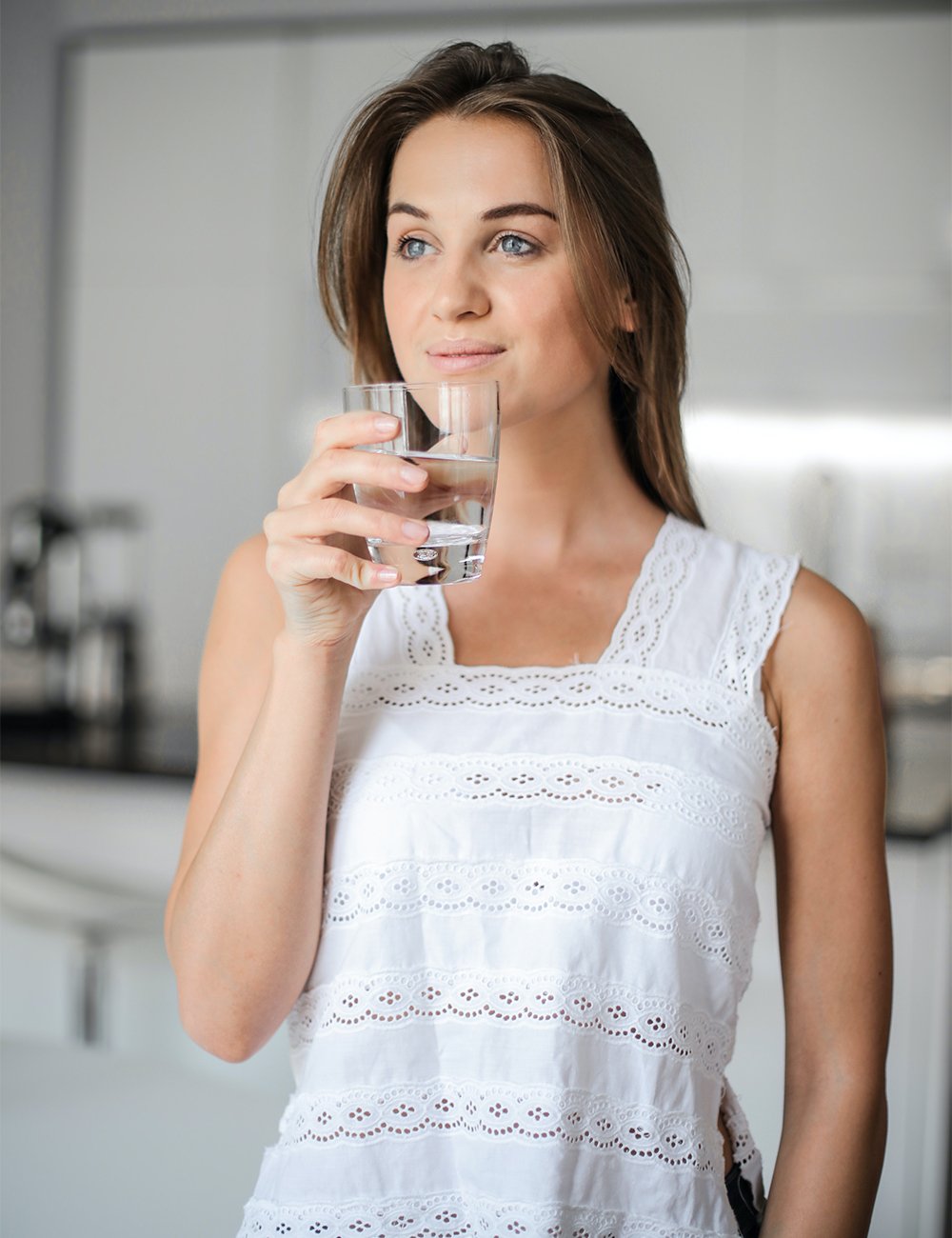
What does reverse osmosis remove?
Residential reverse osmosis systems typically remove 97.9% of all impurities but can be as high as 99.9% in more specialist conditions, such as dentists, medical applications, window cleaning, factories and laboratories.
The RO system removes the contaminants we don't want in our water supply by rejecting those to the drain.
In a typical domestic home, here is what RO will remove:
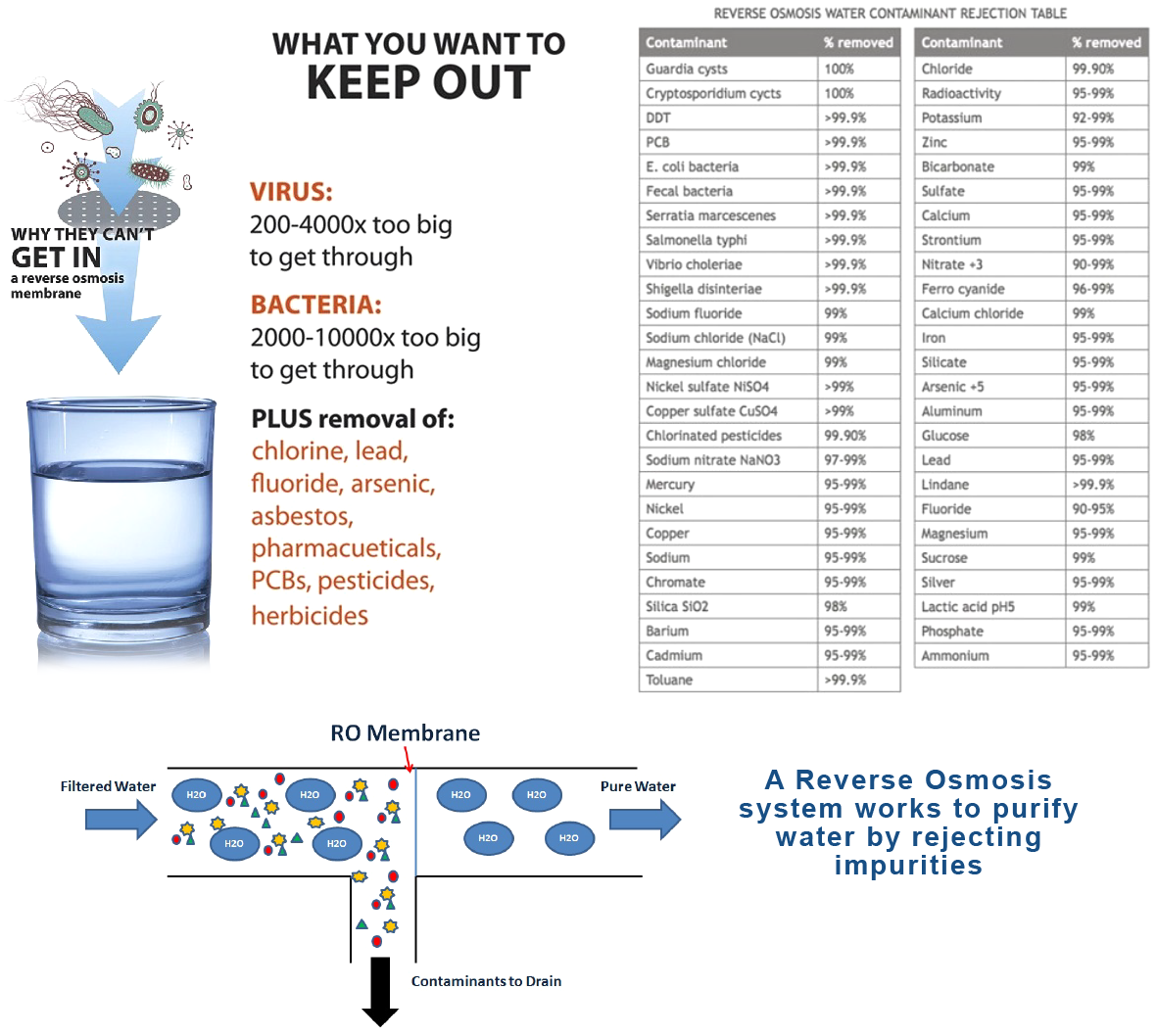
Understanding The Filters and Their Running Costs
An RO (Reverse Osmosis) system uses a series of filters to clean and purify your water.
The first three stages - known as pre-filters (marked as 1, 2, and 3 in the diagram below) - are designed to remove sediment, chlorine, and other impurities. Their most important job is to protect the membrane (shown as stage 4), which does the real heavy lifting when it comes to purifying your water.
Because the membrane is the hardest-working - and most expensive - part of the system to replace, protecting it properly is essential.
The best way to do this?
- Install your RO system on softened water.
If an RO system is installed on hard water, the membrane typically lasts around three years.
However, when installed on softened water, membrane life can double - often lasting six to seven years or even longer!
That’s a major saving in both maintenance costs and hassle over time.
A quick note of caution:
– On budget systems, more filters often mean slightly better water quality…
– But more filters also mean higher running costs - with additional filters to replace every year.
Interestingly, on premium RO systems, it’s the other way around:
– They tend to use higher-quality filters and keep the design streamlined with just three main stages.
– This results in lower running costs and longer intervals between replacements - giving you a system that’s both more effective and more economical over time.
- - - -
What about remineralising filters?
Sometimes, you might be advised - usually by other companies - to add a sixth filter to your RO system called a "remineralising" filter.
The idea behind this filter is simple: it adds a small amount of calcium and magnesium back into the purified water.
In reality, regardless of what anyone is trying to tell you, it’s little more than a block of chalk housed inside a plastic casing.
As a rule, I don’t usually recommend remineralising filters - unless a customer specifically wants to alter the taste of their water back to the hard water taste.
Just like some people find softened water can taste a little sweeter, RO water can taste too pure for certain palates.
The remineralisation filter can give the water a “fuller” or “more minerally” flavour - a common description I’ve often heard from customers.
However, it’s important to know:
– While it might tweak the flavour, it will also add back some chalky deposits, meaning you’ll likely see some scum on hot drinks and a little scaling in your kettle.
– The actual amount of beneficial minerals reintroduced is so tiny that you’d have to drink around 30 litres of water a day for it to make any real difference to your mineral intake.
In short:
Remineralising filters tend to benefit the companies selling them far more than they benefit the customer.
(And I’d much rather help you spend your money wisely.)
- - - -
Here is how a typical domestic RO system works:
Reverse Osmosis System Range
Summary and Inspiration
Choosing the Right Reverse Osmosis System for Your Home or Business
Reverse osmosis offers one of the most powerful and trusted ways to ensure your drinking water is clean, refreshing, and safe.
From compact, budget-friendly models to ultra-efficient professional-grade systems, there’s a solution to suit every home, lifestyle, and water quality need.
To help you find the right system, we’ve created a simple comparison table below — showing key differences like flow rates, efficiency, and whether electrical power is needed.
Take a quick look — and if you’d like to explore more, detailed descriptions for each system follow just underneath.
Whether you’re looking for a simple improvement or the ultimate in water purification technology, we’re here to help you choose wisely — and enjoy beautifully pure water every day.
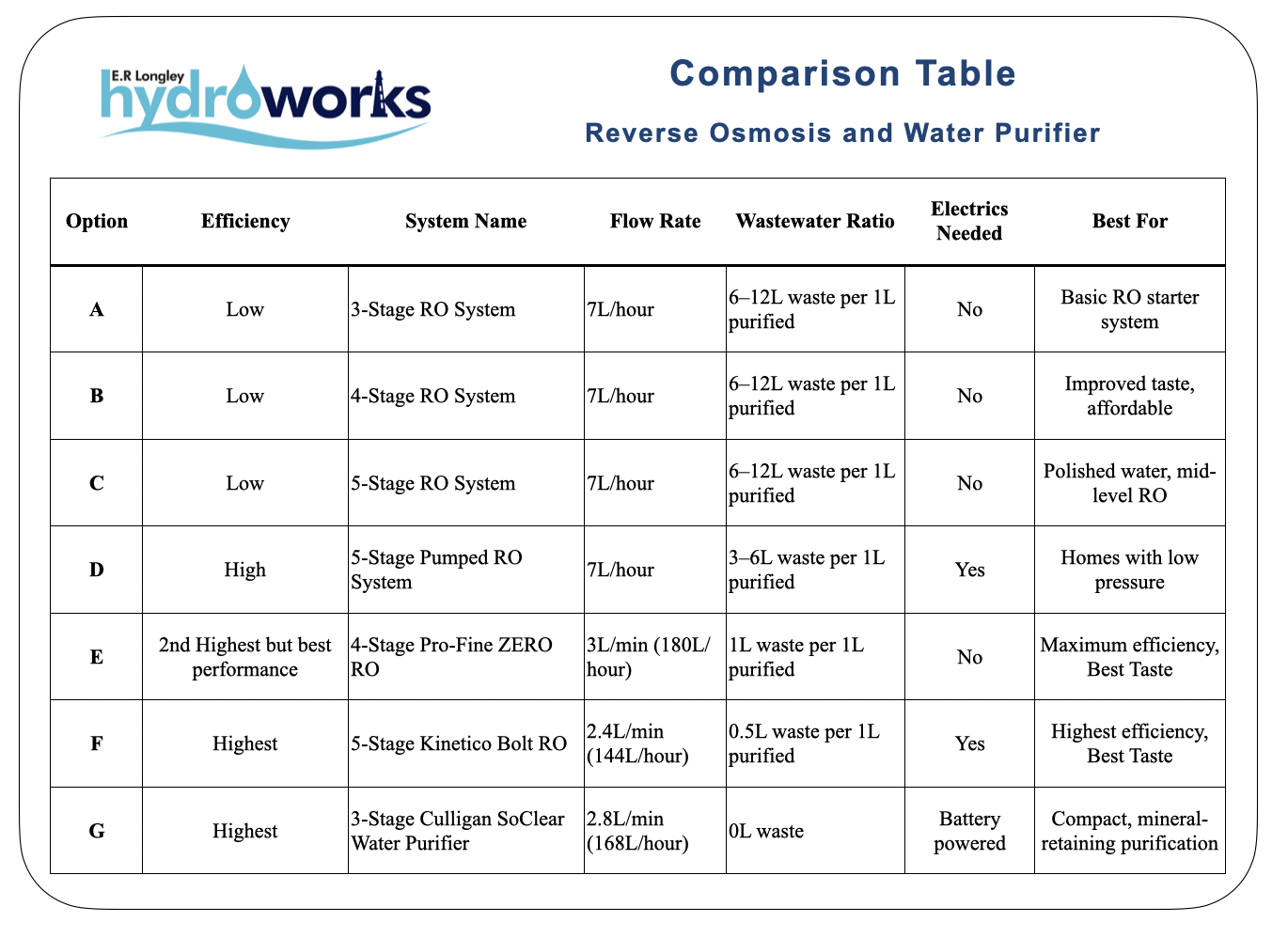
- - - - - - - - - - - - - - - - - - - - - - - - - - - - - - -
Entry-Level Reverse Osmosis (RO) Systems
These small, budget-friendly RO systems are ideal for lower-volume use and are available in simple 3-stage, 4-stage, or 5-stage options - depending on the level of water purity you’re aiming for.
The upside: They’re more affordable to buy upfront, making them a popular entry point into the world of water purification.
The downside: They tend to be less efficient with water usage, meaning slightly higher running costs and more water wasted during the filtration process.
If you’re looking for an economical way to enjoy purer water - and you’re happy to accept a little extra water consumption - these systems can be a great place to start.
- - - - - - - - - - - - - - - - - - - - - - - - - - - - - - - - - - - - - - - - - - - - - - - - - - -
Option A: 3-Stage Reverse Osmosis System

